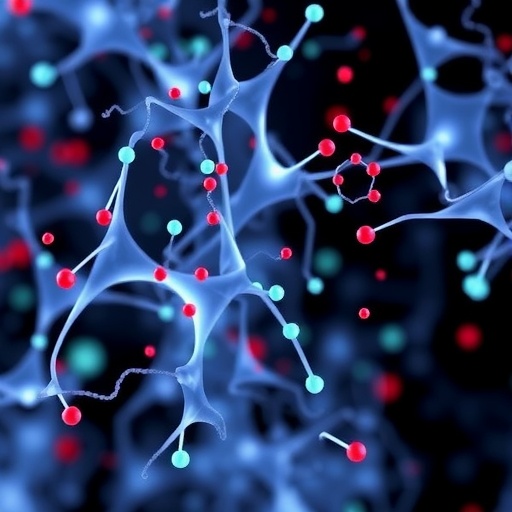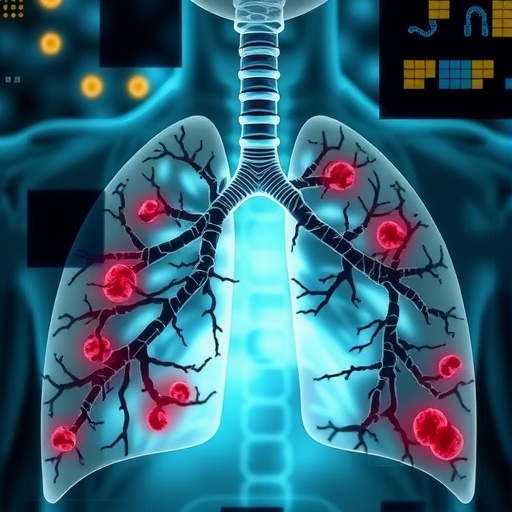American Stroke Association News Brief – Abstract 5, Session A1
DALLAS, Jan. 30, 2019 — Stroke survivors have better quality of life three months after their stroke if the clot that caused the stroke was mechanically removed even hours beyond the ideal treatment window compared to those treated with drugs alone. This preliminary research will be presented in Honolulu at the American Stroke Association’s International Stroke Conference 2019, a world premier meeting for researchers and clinicians dedicated to the science and treatment of cerebrovascular disease.
Researchers have found that mechanically removing a clot in stroke patients, called endovascular therapy, can limit disability from stroke. While the therapy is most effective when performed within six hours of symptom onset, it can also reduce functional deficits in patients up to 24 hours after stroke symptoms start.
In the DEFUSE 3 trial, Stanford University School of Medicine researchers studied whether stroke survivors who were treated with endovascular therapy in the late six-to-16-hour time window might have better quality of life than people treated only with standard drug therapy. They examined a subset of ischemic stroke patients who had salvageable tissue visible on brain imaging.
Researchers surveyed patients 90 days after stroke about their mobility, ability to participate in social activities, cognitive (or thinking) function and depression.
Based on results from 136 patients who completed all or some of the surveys, people treated with endovascular therapy had superior quality-of-life results in all four domains, compared to those who had medical therapy alone.
“In addition to improved functional outcomes, endovascular therapy six to 16 hours after onset preserves mental health and social capabilities critical to patients’ quality of life,” researchers said.
###
This study was funded by the National Institute of Neurological Disorders and Stroke, part of the National Institutes of Health.
Laura Polding, B.A., medical student, Stanford University School of Medicine, Stanford, California
Note: Scientific presentation is 7:48 a.m. HT/12:48 p.m. ET, Wednesday, Feb. 6, 2019.
Additional Resources:
* Downloadable multimedia related to this news brief are on the right column of the link https:/
* For more news from AHA International Stroke Conference 2019, follow us on Twitter @HeartNews #ISC19.
Statements and conclusions of study authors that are presented at American Heart Association scientific meetings are solely those of the study authors and do not necessarily reflect association policy or position. The association makes no representation or warranty as to their accuracy or reliability. The association receives funding primarily from individuals; foundations and corporations (including pharmaceutical, device manufacturers and other companies) also make donations and fund specific association programs and events. The association has strict policies to prevent these relationships from influencing the science content. Revenues from pharmaceutical and device corporations are available at https:/
About the American Stroke Association
The American Stroke Association is devoted to saving people from stroke — the No. 2 cause of death in the world and a leading cause of serious disability. We team with millions of volunteers to fund innovative research, fight for stronger public health policies and provide lifesaving tools and information to prevent and treat stroke. The Dallas-based association officially launched in 1998 as a division of the American Heart Association. To learn more or to get involved, call 1-888-4STROKE or visit StrokeAssociation.org. Follow us on Facebook and Twitter.
Media Contact
Karen Astle
[email protected]
214-706-1392
https:/




